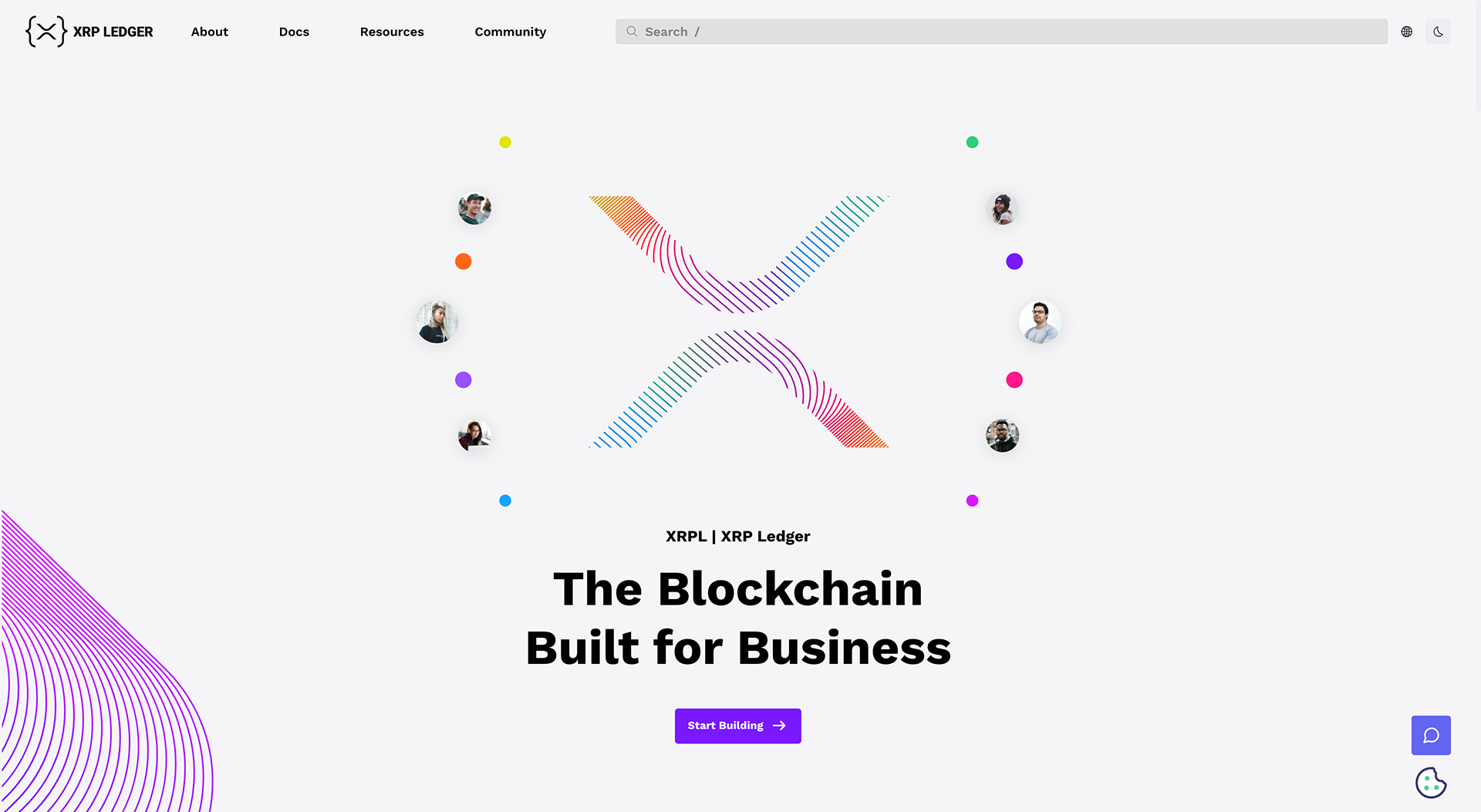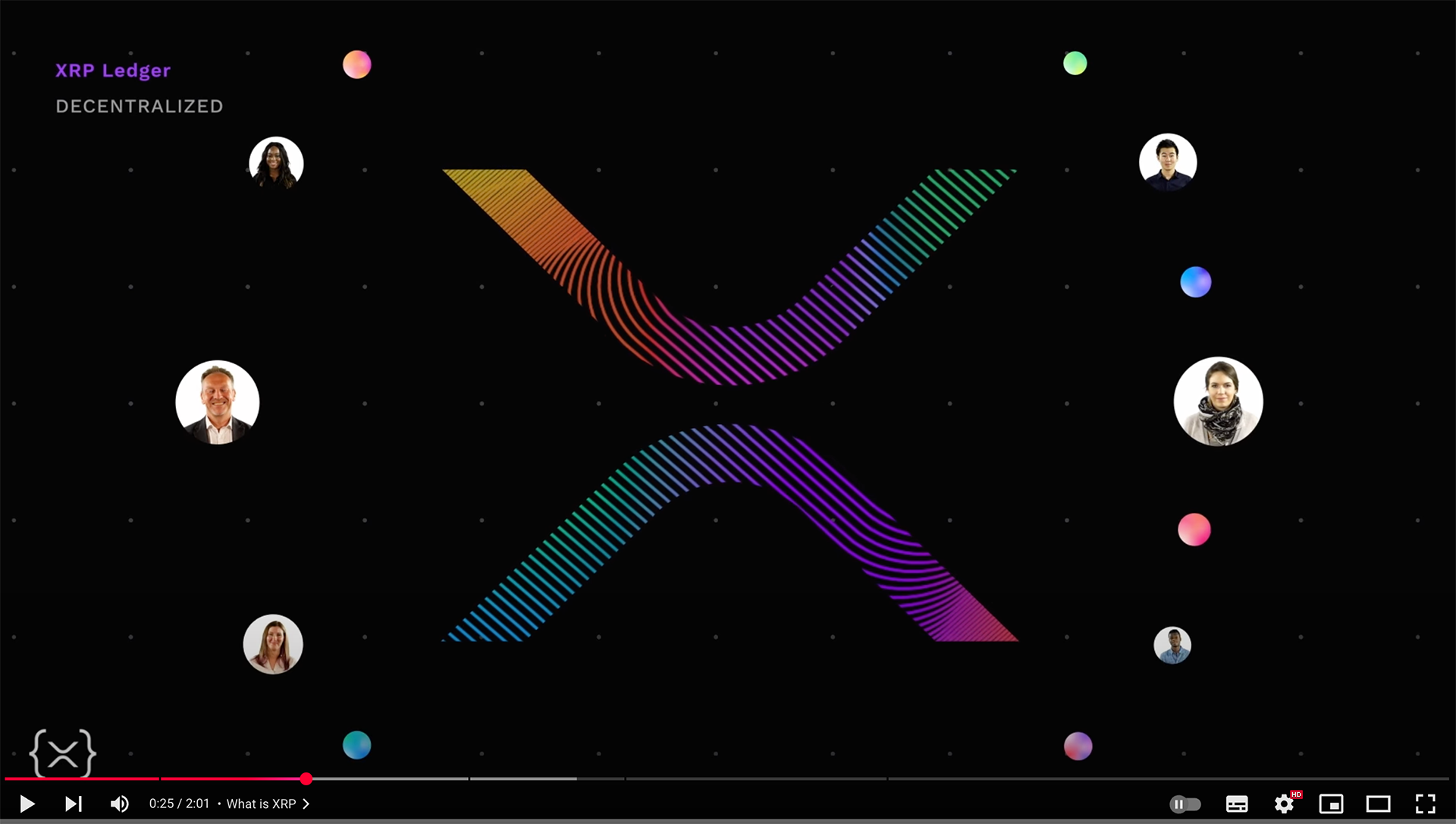What is XRP?
XRP is a digital asset developed as part of the Ripple Labs payment network. Its goal is to make international transactions faster, cheaper, and more efficient than traditional systems like SWIFT.
Unlike many cryptocurrencies that aim to build an alternative financial system, XRP focuses on improving existing infrastructure. Its primary audience includes banks, payment providers, and financial institutions.
Table of contents

Key features of XRP
XRP stands out from traditional cryptocurrencies like Bitcoin or Ethereum in several key ways:
High speed: Transactions settle within seconds—regardless of time or location.
Low fees: XRP Ledger offers ultra-low transaction costs, making it ideal even for micro-payments.
No mining: All XRP tokens were created at launch. There is no mining, making the network extremely energy-efficient.
Bridge currency: XRP can serve as a neutral intermediary between two currencies—especially when no direct trading pair exists.
How XRP works
XRP operates on its own decentralized network: the XRP Ledger. Unlike Proof-of-Work systems like Bitcoin, it uses a unique consensus mechanism.
In this model, selected nodes—called validators—confirm transactions and maintain network state. The XRP Ledger can handle around 1,500 transactions per second with consistently low fees.

XRP's decentralization is often debated, as validators are chosen from a predefined list, meaning not everyone can freely participate in consensus. This marks a key difference from fully permissionless networks like Bitcoin.
That said, this mechanism enables:
High scalability
Low energy consumption
Fast finality
A central part of the ecosystem is RippleNet—a network of financial institutions that use Ripple's technology for cross-border payments. Within RippleNet, XRP can serve as On-Demand Liquidity (ODL), acting as a bridge currency to eliminate pre-funded accounts, reduce costs, and improve liquidity.
The role of Ripple Labs
Ripple Labs is the company behind XRP and the XRP Ledger. Its focus is not to replace banks but to partner with them and modernize global payments.
Ripple provides enterprise-grade software for international money transfers and positions XRP as part of a more efficient financial infrastructure.
Ripple does not centrally control the XRP Ledger but does hold a significant share of the total XRP supply. To maintain transparency, Ripple uses escrow contracts to manage large token releases—an approach that is both scrutinized and openly discussed in the community.
Criticism and controversy
Despite its technical strengths, XRP remains the subject of ongoing debate:
Token distribution: Ripple's large XRP holdings raise questions about decentralization and influence.
Regulatory uncertainty: A mostly favorable U.S. court ruling eased some legal concerns, but the global regulatory status of XRP (currency vs. security) remains under discussion.
RippleNet usage: XRP is actively used in ODL flows but is not required to use RippleNet. Some partners use Ripple's tech without XRP, raising questions about long-term demand.
The future of XRP
XRP is one of the most recognized and technically mature cryptocurrencies in the realm of global finance. The network is stable, scalable, and continuously evolving.
Its future role will depend on several factors:
Global regulatory developments
Institutional adoption rates
Whether XRP can strengthen its position as a bridge asset for cross-border payments
Technological advancements like smart contracts, DeFi integrations, or new financial use cases may also boost XRP's relevance in the long term.
Final thoughts
XRP is a unique case in the crypto space: Rather than disrupting the financial system, it seeks to improve and streamline existing infrastructure.
The technology is proven, the XRP Ledger is active, and the use case is clearly defined. Whether XRP will play a key role in the future of global payments remains to be seen—but the potential is undeniable.
Frequently asked questions about XRP
What is the current price of XRP?
The current price of XRP is $2.24. Over the past 24 hours, the price is down 1.33%, with a trading volume of $56.04B. XRP is the 4th largest cryptocurrency by market cap, currently at $134.76B.
Is it worth investing in XRP?
The price change of XRP (XRP) over one year is currently +149.65%, making XRP a good investment in hindsight. Whether this trend will continue in the future depends on many external factors such as supply and demand. Past price trends are no indicator of future performance.
Where can I buy XRP?
The best and most reputable crypto exchanges for buying XRP include ones such as Kraken and Coinbase. You can find more in our comparison of crypto exchanges.
Which XRP wallet is the best?
The best hardware wallets for XRP are Ledger Nano X, BitBox02 and Trezor Model T. In our opinion, the best software wallet for XRP is the Zengo app. You can find more in our comparison of crypto wallets.
What was the all-time high of XRP?
The XRP (XRP) cryptocurrency all-time high is $3.65. This price was reached on Jul 18, 2025. The current price is $2.24, a difference of -38.59% from the all-time high.
Who has invested in XRP?
XRP's early investors include institutional investors and venture capitalists (VCs) such as Andreessen Horowitz, Arrington XRP Capital, Astronaut Capital, Pantera Capital, Blockchain Capital, ValueNet Capital.
How many XRP (XRP) are currently in circulation?
There are currently 60.18B XRP (XRP) in circulation. The total amount of XRP in circulation represents all coins and tokens that have already been distributed and are therefore held in the wallets of private individuals, companies or institutions.
What is the Total Value Locked (TVL) of XRP?
The Total Value Locked of XRP (XRP) is currently $77.5M. This value includes all assets locked on the blockchain or in DeFi protocols. With a market cap of $134.76B, this results in a ratio of market cap to TVL of 1,738.9.
How many active addresses (24h) does XRP have?
As of the last update, XRP had about 50,878 active addresses (24h) — the number of unique addresses that sent or received a transaction in a rolling 24-hour window (each address counted once). Note: addresses ≠ users (one person or an exchange can control many).
How many transactions per day are running on XRP?
XRP currently has an average of around 2.32M transactions per day. This key figure indicates how many network transactions have taken place on average per day in the last 3 months.